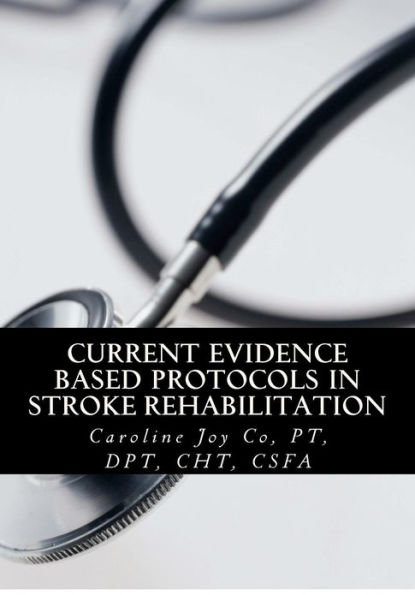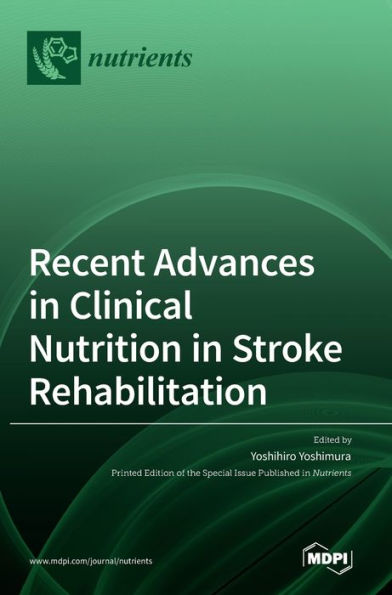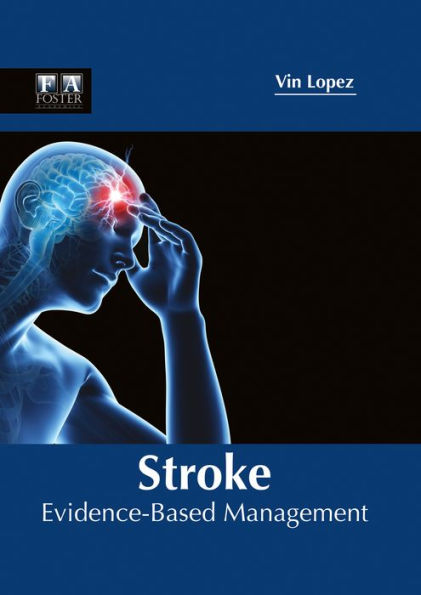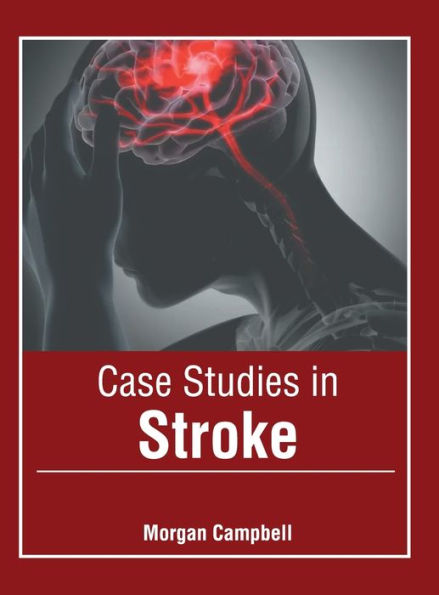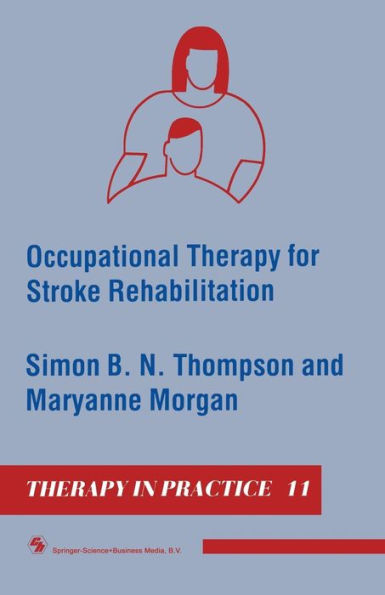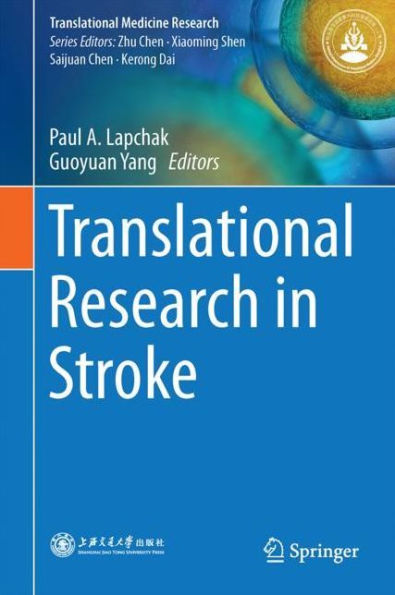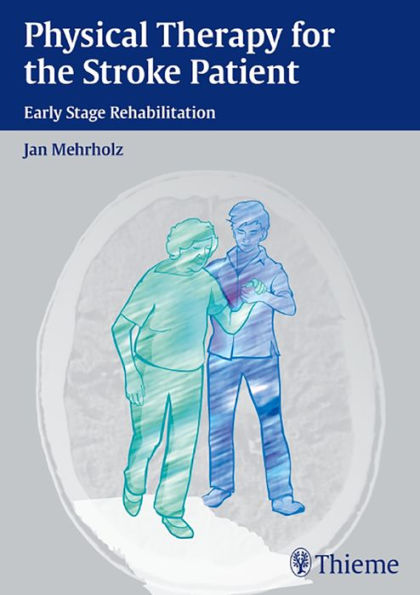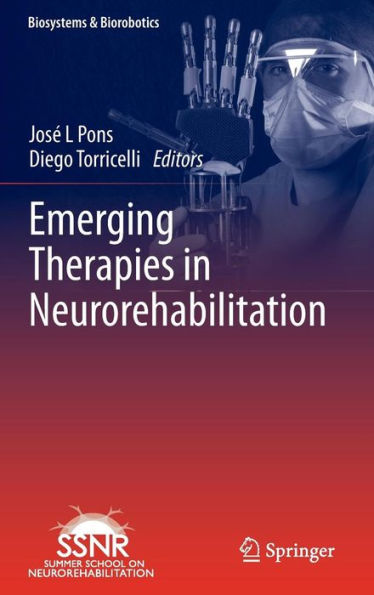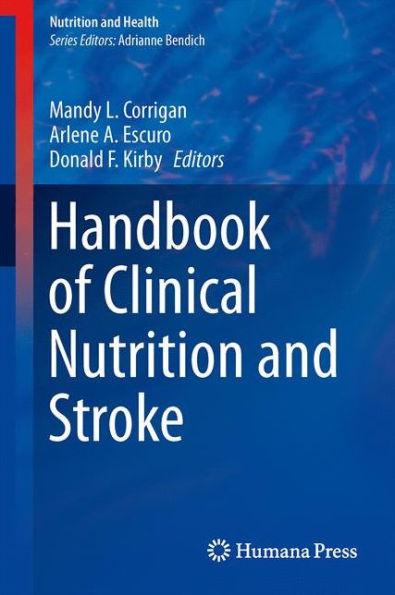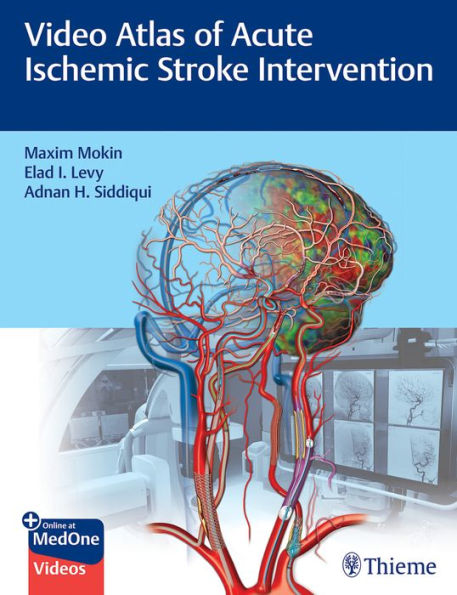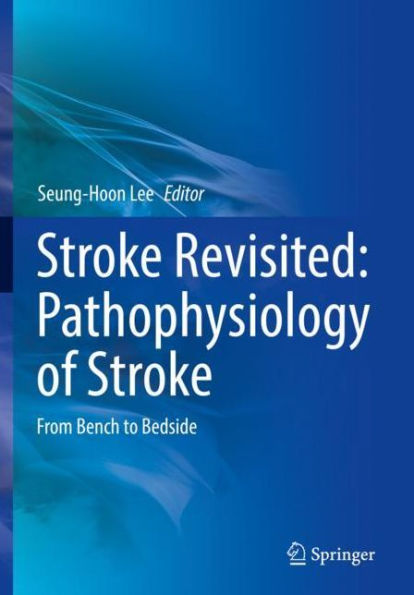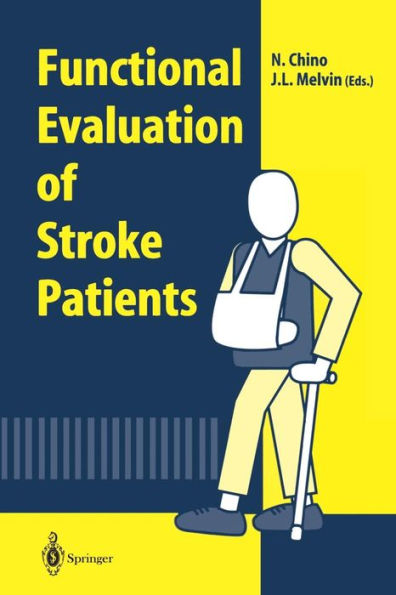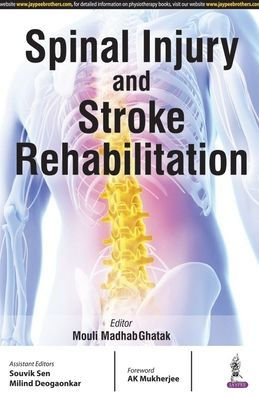Home
Current Evidence Based Protocols in Stroke Rehabilitation


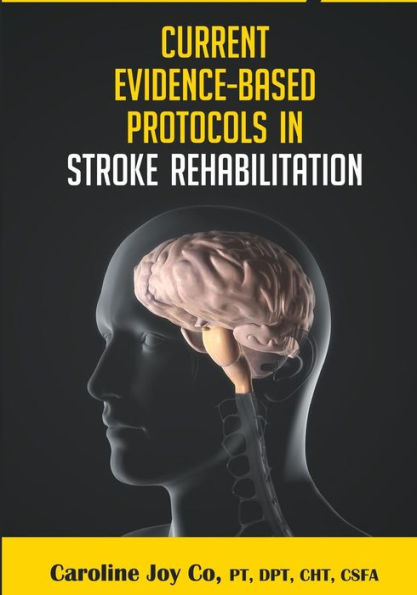
Current Evidence Based Protocols in Stroke Rehabilitation
Current price: $60.00
Loading Inventory...
Size: OS
Course Description
This book was developed to help facilities put in place a stroke rehabilitation protocol that is evidence-based, designed to achieve maximum functionality, and aimed at improving patient quality of life. This book will guide clinicians in determining the best interventions for their patients, better stratifying stroke patients, reducing readmission, and optimizing healthcare utilization.
The primary goals of rehabilitation are to prevent complications, minimize impairments, maximize function, and prevent stroke recurrence. Early assessment and intervention are critical to optimize rehabilitation. Standardized evaluations and valid assessment tools are essential to develop a comprehensive treatment plan. Evidence-based interventions should be based on functional goals. In stroke rehabilitation, a number of restorative therapies currently exist, and others are in various stages of development. Approaches aimed at improving arm motor function include constraint-induced movement therapy, antispasticity medications, exercise, functional electrical stimulation, robotic therapy, and virtual reality training.
A review of randomized controlled trials indicates restorative therapies improve function when compared to no treatment. Superiority of one type of therapy over another cannot be distinguished; therefore, a specific choice of therapy is difficult to justify as the singular most important treatment.
Emerging evidence suggests that rehabilitation may be useful in brain restoration and in stroke therapy patients, and information is slowly becoming available describing the precise nature of interventions provided by rehabilitation therapists. Identifying interventions that can improve motor function remains a priority. This book will provide an overview of the current understanding of modern rehabilitation therapies and their effects on plasticity and recovery of motor function in stroke. The book concludes with a description of how the patient and the patient's family members are essential members of the rehabilitation team. Patient and family involvement are described in detail.
